Kinkajou/Olingo ID Ecuador
Kinkajou or Olingo is apparently the classic conundrum of tropical South America. A kind person on Facebook told me that most of those are likely Kinkajou, but that someone knowledgeable could find an Olingo or two in there. To me, this is a complete mystery – I can tell that the one that holds the branch with the tail must be Kinkajou, but some of the others really look to me like they could be both!
This is the last thing that holds me back in making a trip report from a rather unusual Ecuador trip, so any ID suggestions you make are actually for your own good, because it’s gonna be a cracking read 🙂 All images are taken in places where both Kinkajou and some species of Olingo occur (Panacocha, Sumaco and Mindo).
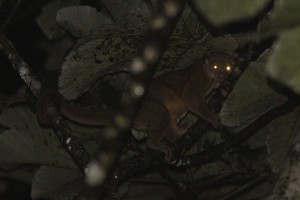
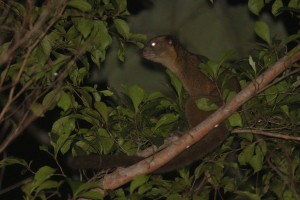
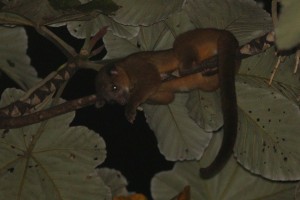
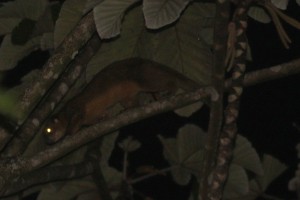
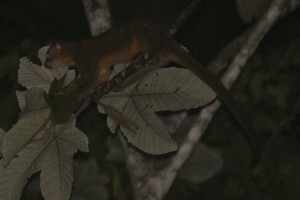
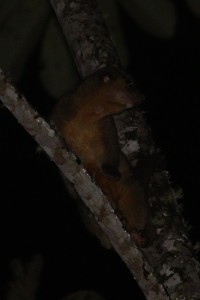
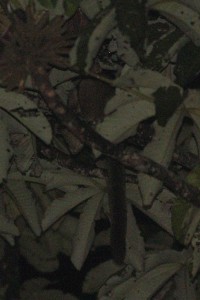
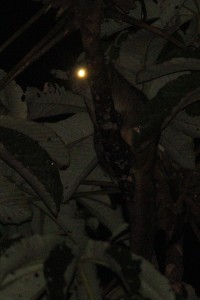
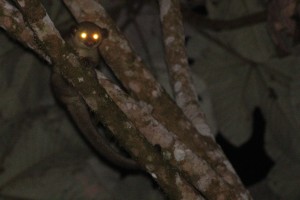
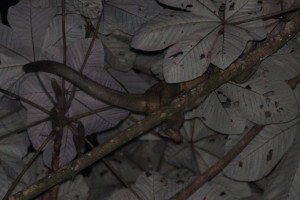
5 Comments
-
-
Ben S
I’d call that an Olingo, based on the shape of the face which is more “fox-like” than “bear-like” (especially in the last photo). Compare with these two:
http://www.tremarctos.com/2019/02/eastern-lowland-olingo/?cat=14
http://www.tremarctos.com/2018/06/kinkajou-3/?cat=14
Leave a Reply
You must be logged in to post a comment.


Ben S
Hi Jan,
Here are my thoughts. What other sites did you visit in Ecuador? I’m going to Cabanas San Isidro and Tiputini Biodiversity Station next month.
1: Kinkajou, prehensile tail.
2: not sure but I’d lean toward Kinkajou, based on the swollen facial gland and ear shape
3-5 (all the same animal?): probably Kinkajou, based on the shape of the ears and face and tapered tail.
6: Kinkajou, ear/head shape and visible facial glands.*
7-8: I’m not sure. This is the best candidate for Olingo – the tail is bushy and hangs straight down(though Kinkajous can hold their tail like that). However, there might be a facial gland visible in 8. Can you increase the exposure of these photos to see if it is facial gland, or if there is slight barring on the tail?
9: Kinkajou, prehensile tail.
10: probably Kinkajou – tapered tail.
*I’ve never seen an Olingo with visible facial glands, but I haven’t read that this diagnostic in the literature. I think visible facial glands may only be present in male Kinkajous.
In the field, it is easiest to differentiate Kinkajou and Olingo by their vocalizations:
https://macaulaylibrary.org/asset/82418
https://macaulaylibrary.org/asset/21426
I’ve found Kinkajou to be significantly more common than Olingo at all South American sites I’ve visited.
Best,
Ben
http://www.tremarctos.com